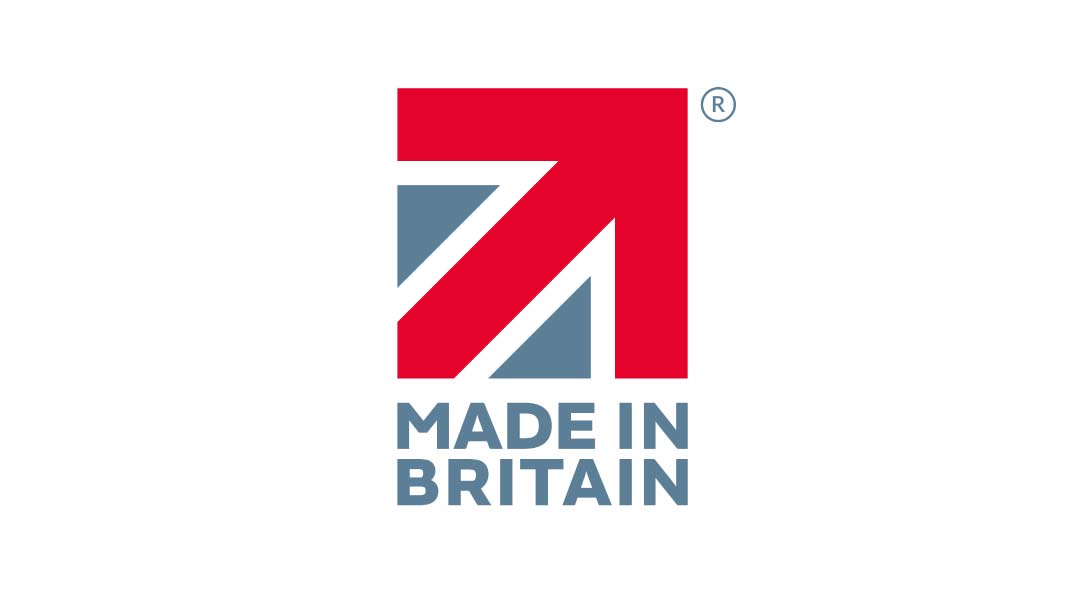Stainless Steel Grades at Displaypro
Stainless Steel Grades at Displaypro
The term 'stainless steel' can be used to refer to a range of different iron-based alloys: any such alloy containing a minimum of 10.5% chromium can be considered a stainless steel. Varying this amount, as well as adding other materials including molybdenum, nickel, carbon and manganese, results in different types of stainless steel to suit many different applications.
Key Properties of Stainless Steel
- Corrosion resistance
- High and low temperature resistance
- Ease of fabrication
- Strength
- Aesthetic appeal
- Hygienic properties
- Durable
- Low maintenance
- Recyclable
- High scrap value
- Many different finishes
- Magnetic & non-magnetic
- Low life cycle cost
At Displaypro we use 430 & 304 Grade Stainless Steel with a desirable brushed finish.
So, what is the difference between 430 & 304 Grades of Stainless Steel?
Grade 430 - Ferritic Stainless Steel
Ferritic – another very popular group of grades the ferritic terms comes from the fact that there is more Iron and the absence of nickel but still containing between 16- 18% chromium.

Ferritic stainless steels have moderate corrosion resistance but not as great as the Austenitic stainless steels. They cannot be hardened by heat treatment and are not as good for welding.
430 grade stainless steel is often used for indoor applications such as Kitchenware, Commercial Tables, Magnetic Notice Boards, Splashbacks, Corner Protectors, Door Push and Kick Plates.
We also offer a Cut to Size Calculator service for our 430 stock here
Key Benefits of 430 Grade Stainless Steel:
- Strength
- Resistance to wear
- Magnetic
- Cost
Grade 304 - Austenitic Stainless Steel
Austenitic - The most standard type of Austenitic is grade 304, containing 8% nickel and 18% chromium. Which gives it excellent resistance to corrosion and when they are annealed, they become non-magnetic.
It is the addition of chromium that gives the steel its unique stainless, corrosion resisting properties. Austenitic 304 stainless steels are considered surgical or medical-grade stainless steels.
These are great for welding and are extremely hygienic due to their properties. However, they cannot be hardened by heat treatment but have an excellent performance level at low temperatures.

304 grade stainless steel is often used for outdoor applications where constant contact with water or other corrosive materials may be present, making this ideal material for making Laboratory Equipment, Kitchen Sinks, Bathroom Shelves & Hot Pan Protectors
Key Benefits of 304 Grade Stainless Steel:
- Hygienic
- Non- Magnetic
- Excellent corrosion resistance
- Easier to weld
- Low temperature performance







Leave a comment